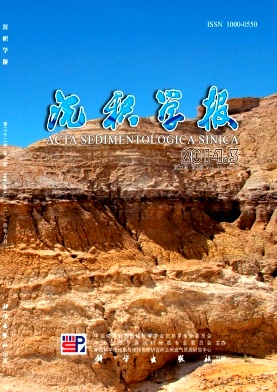The Research of Sedimentary Facies based on Seismic Sedimentology Method: A case study of the three-section of Weizhou Formation in Weixi’nan depression
- Received Date: 2013-06-21
- Rev Recd Date: 2013-09-28
- Publish Date: 2014-06-10
-
Key words:
- seismic sedimentology /
- research method /
- sedimentary facies /
- Paleogene /
- Weizhou Formation
Abstract: This paper discusses the research idea of sedimentary facies in continental thin and interbed sandbody based on seismic sedimentology method. Seismic sedimentology mainly applies high-precision 3D seismic data to study sedimentary rock and its forming process, and improve resolution processing and frequency-division interpretation help to establish high-frequency sequence stratigraphic framework, and isochronous stratigraphic sections can be applied to divide the minimum isochronous stratigraphic unit. The 90° phase shift technology make the seismic events have lithological significance, which is used for describing the form and distribution characteristics of thin sand body. Optimization reflects the properties of sand body and characteristics of the reflection waveform, and precise sedimentary facies distribution diagram is established by combining source directions and sedimentary system types. Take three-section of Weizhou Formation in Weixi’nan Depression as an example, and carry out sedimentary facies research based on seismic sedimentology method. Seven sand groups as the minimum isochronous stratigraphic unit are recognized and established in the study area. By using source direction of east and west, shape of sand body, amplitude property of 90° phase shift data, waveform characteristics to accurately lay out seven sand group sedimentary facies diagram reflecting the law of which is braided river delta from east and west sides filling the lacustrine area.
| Citation: | The Research of Sedimentary Facies based on Seismic Sedimentology Method: A case study of the three-section of Weizhou Formation in Weixi’nan depression[J]. Acta Sedimentologica Sinica, 2014, 32(3): 568-575. |






 DownLoad:
DownLoad: